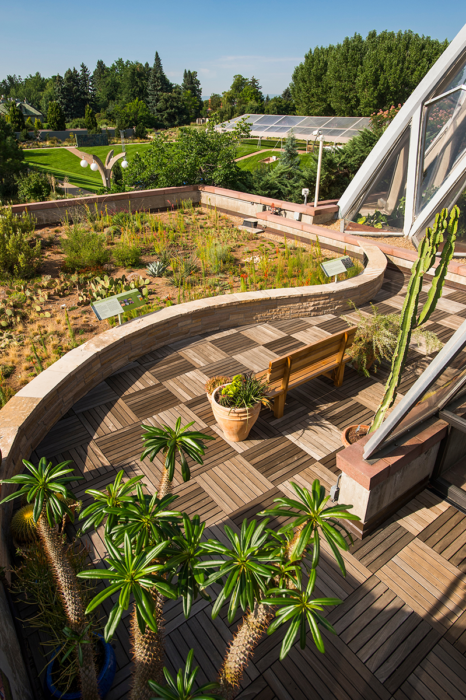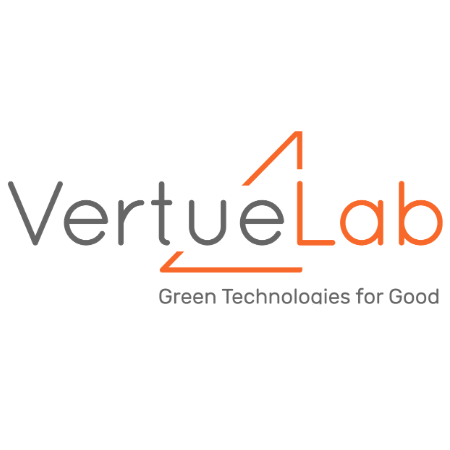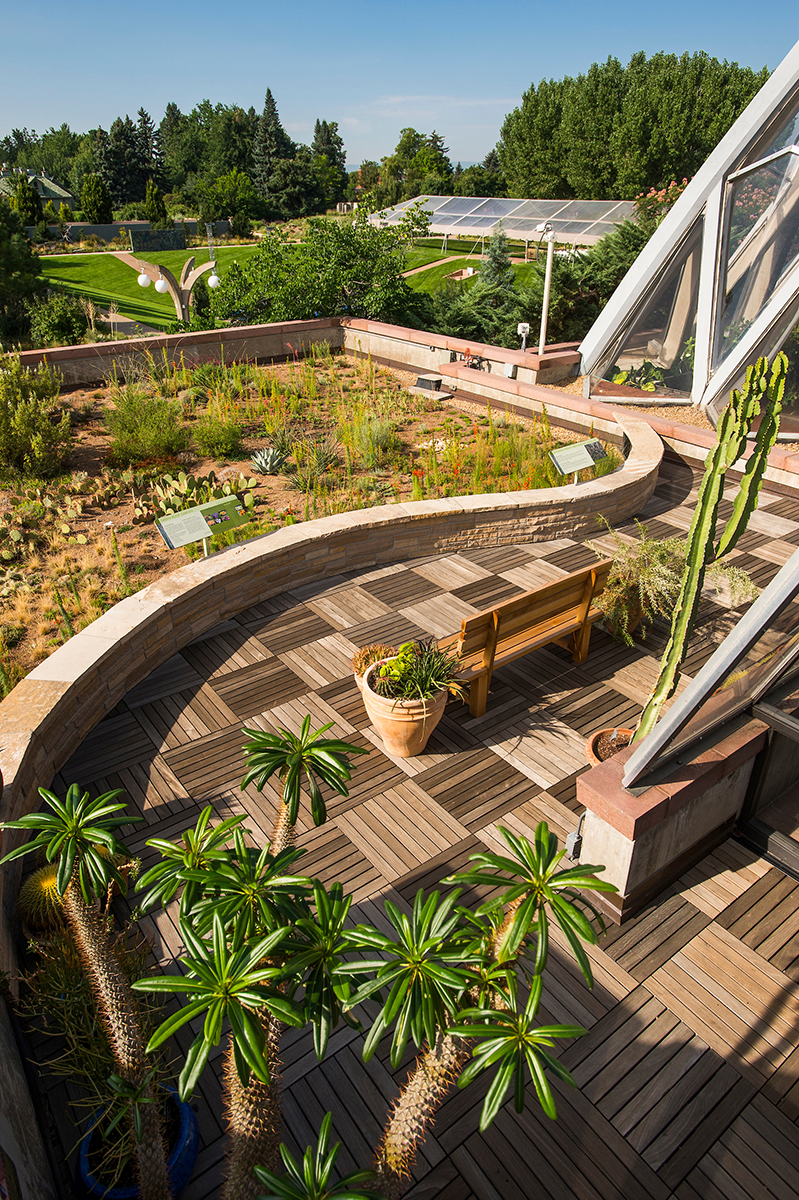
With the support of VertueLab, I’m examining what a carbon-free economy would look like. This is Part 3 in the series.
Part 1: Transportation
Part 2: Power
Part 3: The Built Environment
Part 4: Restoration
Reid Saunders moved west in 2018, and got to work making some of America’s most climate-friendly homes even greener. At the time, Saunders, a Virginia native, had wrapped up a master’s degree in urban and environmental planning at the University of Virginia, and was doing preservation work in West Virginia with Americorps, the volunteer organization. Through some friends, she heard about Community Rebuilds, an organization in Moab, Utah that was building affordable housing using straw-bale construction.
“A lot of us who recently went through planning or architecture school want to see things done differently,” Saunders told me. “I’d never really heard of natural building until I’d met folks who’d done this program, and it’s one of those things that’s like, why not? Why not use straw-bale instead of fiberglass insulation? Why not use plasters instead of drywall?”
Saunders is now a project manager with Community Rebuilds, and she oversaw the planning of the organization’s first project seeking Living Building certification, which requires it meet stringent environmental standards. This wasn’t a huge stretch for Community Rebuilds, which was already incorporating solar energy, the use of straw bales, and other low-impact construction methods into the affordable homes it builds in one of Utah’s most unaffordable destinations. By embracing the materials and resources of the desert, Community Rebuilds makes homes that are cleaner, greener, and cheaper to own and operate.
Its methods, however, are far from the norm. Most homes and offices in the U.S. are greenhouse gas-spewing cubes designed to keep the outdoors at bay. But Saunders is part of a growing cohort of builders, entrepreneurs, architects, and planners who see another way forward. By embracing the climate and materials of our home regions, these folks are building structures that are not just cleaner and greener, but also lovelier and more interesting.
“It’s bringing a new thought to climate-neutral design — it’s more than energy now,” said Andrew Lee, director of the Zero Energy and Zero Carbon certification programs for the International Living Future Institute, the nonprofit that developed the Living Building standards. “Part of this is giving people a sense of wonder. Even in places devoid of that, these projects can bring nature, life, and joy back to that place.”

Rethinking our built environment would have a substantial impact on the broader economy’s greenhouse gas emissions. Combine our buildings’ energy consumption with the emissions embedded within the steel, concrete, and wood products from which they’re constructed, and some estimates say homes and offices account for some 40 percent of global greenhouse gas emissions.
Structures that meet the requirements of the Living Building Challenge don’t just have a lower carbon footprint — they integrate with their surroundings in a more harmonious way. The program judges projects based on 20 performance criteria. Some, like net-positive water use and energy reduction, are obvious traits of any green building, but others — say, urban agriculture, “beauty + biophilia,” or “universal access” — highlight the holistic approach a designated Living Building must take.
To attain Living Building status for its Mill Creek project, Community Rebuilds couldn’t just throw some solar panels on the roof and call it good. It had to incorporate an on-site farm and a composting toilet system. Getting approved lumber meant trucking it directly from Oregon. ILFI red-lists certain products, and avoiding those was tricky; Saunders said team members were sent back to the hardware store because they purchased noncompliant tubes of glue. Appropriate doors, windows, and cabinetry were also hard to come by in rural Utah. “Salvage was our saving grace,” she said.
Community Rebuilds hopes the project, which Saunders guessed cost 30 percent more than a typical build, will be certified in September 2022 — before a project earns the Living Building moniker, its water use, energy production and consumption, and other performance metrics must be monitored for at least a year.
“Living Buildings have demonstrated that they give back more than they take,” said Shawn Hesse, director of business development for ILFI. “They operate in balance with nature and with society in a way that we know the world is better off because we have that project.”
Operating within a climatic regime, rather than in opposition to it, will be a hallmark of any green building. Consider the office of DPR Construction, in Phoenix. Sunshine, of course, is plentiful in Phoenix, and the building takes advantage of it. Hot water is sun-warmed, and the photovoltaic array produces 10 percent more electricity than the building uses each year. One reason that’s possible, though, is that the building occupants embrace the desert heat rather than obliterate it with air conditioning. During the summer, the indoor temperature hovers at a balmy 84 degrees, but the builders installed enormous fans and window walls that open automatically to keep air flowing and make the space feel cooler.
You’d think workers wouldn’t tolerate such conditions — an 84-degree office is a recipe for sweaty suits, and literal big-ass fans mean scattered documents. But DPR employees adopted simple measures, like ditching suits for shirtsleeves and using paperweights, that made a net-zero building possible in this harshest of climates.
This ethos can also connect buildings with the landscape in a more tangible fashion. Take, for instance, the rooftop renaissance that’s reshaping urban spaces. The common impression is that a roof’s sole purpose is to keep water out; thus, most of them are built of heat-radiating, impermeable surfaces like the omnipresent asphalt shingle. But many cities and developers are embracing roofs topped with greenery that can mitigate the heat island effect, provide an outdoor amenity for residents or guests, and manage stormwater runoff.
That latter point has been a big driver of business for Columbia Green Technologies, which manufactures vegetative roofing systems. (Columbia Green is a portfolio company of VertueLab, this story’s sponsor.) New developments in most cities, Columbia Green CEO Vanessa Keitges told me, typically have to install a subterranean water tank so their stormwater runoff doesn’t overwhelm city sewer systems. But green roofs can absorb and slow the flow of water. “Developers come to us for green roofs because it saves them money and underground space,” Keitges told me. And interest is booming — Columbia Green’s sales were up 30 percent in 2020, and the company is making a foray into the residential market. More developers of residential buildings are opting for green roofs as an amenity, and some cities — Denver, Portland, Seattle, and San Francisco among them — require green roofs on certain new buildings.
Slowing stormwater runoff is far from the only perk. By adding greenery to a once-barren space, folks are realizing that our buildings don’t have to be separate from nature.
“We love parks, we love going out into nature — how can we bring that into our buildings?” Keitges said. “Many people are rethinking the way they’re building and designing — that includes builders, architects, and city planners. And it’s bringing biodiversity and nature into our cities.”
From our sponsor

VertueLab is a nonprofit that provides funding and business support to climate tech entrepreneurs who are solving today’s biggest challenges. Donate to VertueLab today to have an impact on people and the planet.
Share with a friend | Watch a cat video | View previous newsletters

